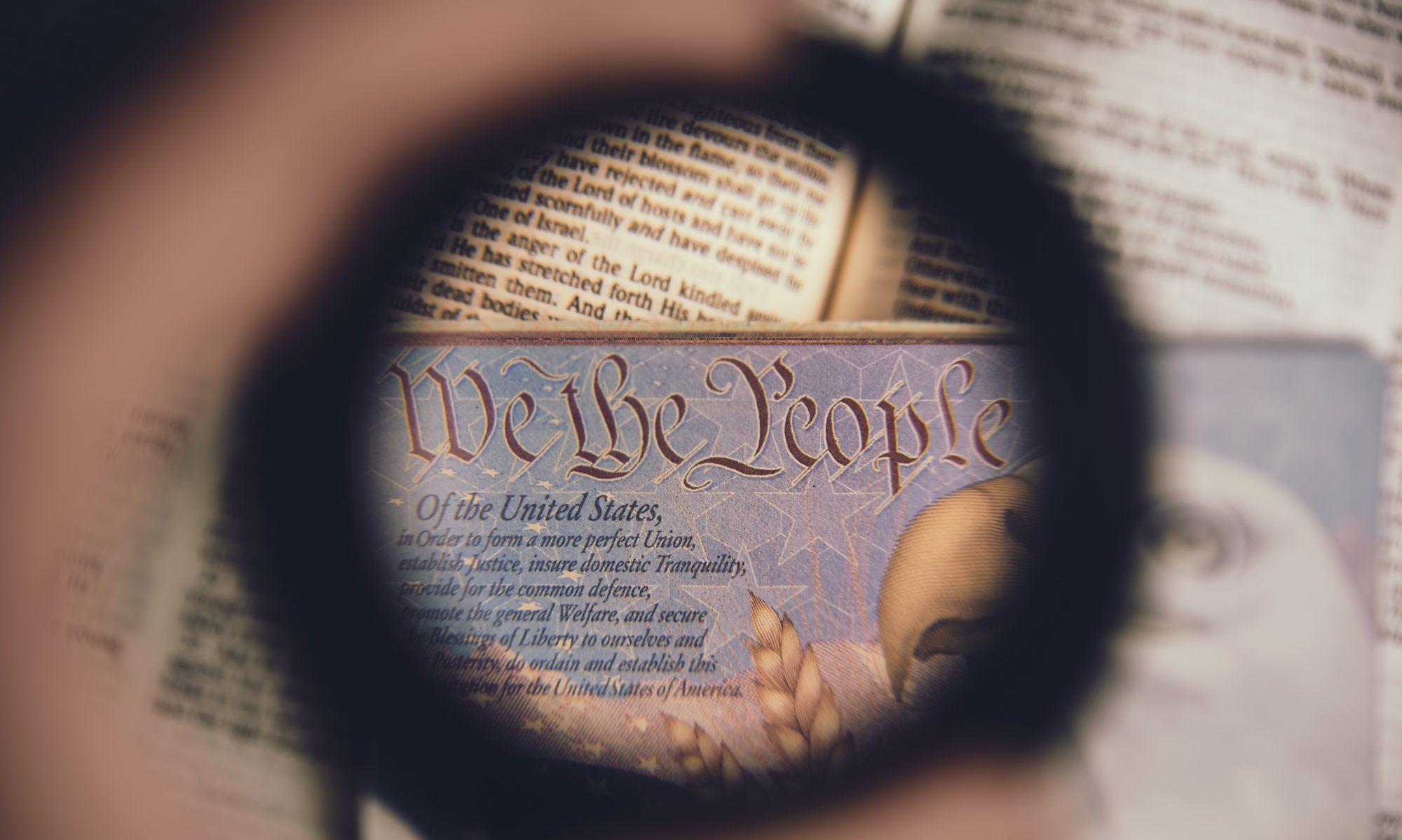Yes – “executive orders” existed right from President Washington. He issued 8 in two terms. Jefferson had a total of 4. Madison and Adams? 1 each.
Even more important than the number – which is usually up in the hundreds for each of these modern oath-breakers – is the content.
There might be no better example of night and day – than Washington’s first.
In September 1789, five members of the First Congress had approached President Washington with the idea of a national proclamation to “recommend to the people of the United States a day of public thanksgiving and prayer to be observed by acknowledging, with grateful hearts, the many signal favors of Almighty God, especially by affording them an opportunity peaceably to establish a Constitution of government for their safety and happiness.”
President Washington published his proclamation on October 3, 1789, and sent it to the states’ governors, asking for the leaders to make sure it was posted and published for all to see. “I must request the favor of you to have published and made known in your State in the way and manner that shall be most agreeable to yourself,” he wrote.
Big difference from the pen and phone types of today, that’s for sure.
So what’s the deal with EOs? Are they legitimate exercises of executive authority? Or are they a usurpation of power?
People seem to adopt one of two extremes. On the one hand, many argue the president can legitimately issue executive orders with virtually no limitation. The left aggressively advanced this idea during the Obama years. In many cases, the president did indeed utilized EOs to formulate policy, shape rules and essentially legislate from the Oval Office. This clearly went beyond the scope of legitimate executive authority.
On the other side of the debate, some claim the president cannot issue executive orders for any purpose whatsoever.
Constitutionally, the truth falls somewhere in the middle.
The president has the authority to issue EOs relating to the operation of the executive branch, and to direct and manage its personnel. For example, Pres. Trump signed an order during his first full day in the White House instituting “a freeze on the hiring of Federal civilian employees to be applied across the board in the executive branch.” The president remains perfectly within his authority to direct staffing levels in executive branch agencies.
On the other hand, the president cannot constitutionally issue orders that implement rules, regulations and edicts applying to the people, orders that bypass the legislative processes, or orders that subvert legislation that was passed by Congress and signed into law pursuant to the Constitution.
This crosses over into legislative authority. As just one example, EOs establishing environmental rules fall outside of presidential executive authority.
Here’s how James Madison described things in Federalist #47:
“the magistrate in whom the whole executive power resides cannot of himself make a law.”
And if we’re going to look at the big picture – the biggest problem is that there are far too many laws and regulations on the books – and way too many federal departments and agencies as well.
This all creates an environment for more oath-breaking – and hundreds more executive orders. Some of them innocuous. And some – dangerous.
I covered all this in more detail in a recent episode of Path to Liberty. It’s about 30 minutes, so please set aside some time to watch or listen – plenty of platforms to choose from.
And if you prefer to read – I included all the references that I used for the show – so you can dig in and research on your own.
Here’s the link, you know what to do:
https://blog.tenthamendmentcenter.com/2020/08/executive-orders-and-the-constitution/

